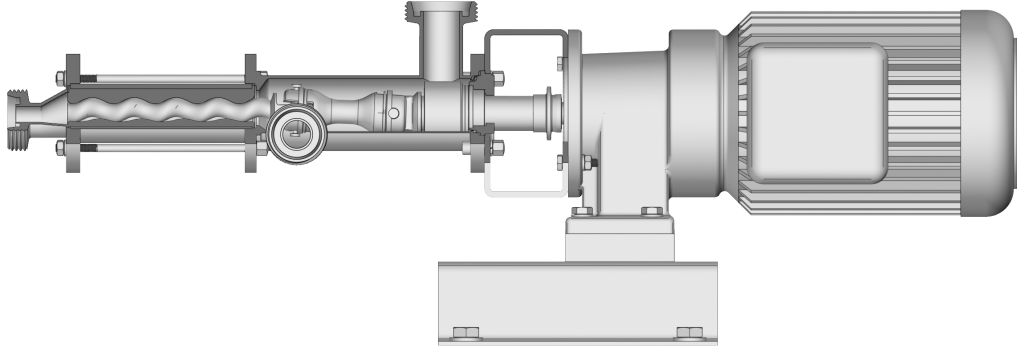When it comes to industrial pumping solutions, Seepex pumps are renowned for their reliability and efficiency. For those just starting out in the field of pump technology, understanding Seepex pump drawings is essential. This guide will walk you through the basics of these drawings and how they can help you in your projects.
What Are Seepex Pump Drawings?
Seepex pump drawings are detailed representations that illustrate the various components and configurations of Seepex pumps. These drawings serve as invaluable resources for engineers, technicians, and anyone involved in the installation, maintenance, or repair of these pumps. They provide a visual understanding of how the pump operates and how its parts interact.
Importance of Understanding Pump Drawings
Understanding Seepex pump drawings is crucial for several reasons:
- Installation Guidance: Proper installation is key to the pump’s performance. Drawings provide clear instructions and layout options.
- Maintenance Support: Regular maintenance is vital for longevity. Drawings help identify parts that need attention.
- Troubleshooting Aid: When issues arise, having a visual reference can simplify the troubleshooting process.
- Customization: For specific applications, understanding the drawings allows for customization of pump configurations.

Key Components in Seepex Pump Drawings
When reviewing Seepex pump drawings, you’ll encounter various components. Familiarizing yourself with these is essential for effective use. Some key components include:
- Stator and Rotor: The heart of the pump that facilitates fluid movement.
- Drive Shaft: Connects the motor to the rotor, transferring energy.
- Inlet and Outlet Ports: Where fluid enters and exits the pump, crucial for flow direction.
- Casing: The outer shell that protects internal components and contains the fluid.
Tips for Reading Seepex Pump Drawings
Reading technical drawings can be daunting for beginners. Here are some tips to make the process easier:
- Familiarize Yourself with Symbols: Different symbols are used to represent various components. Take time to learn these symbols.
- Study the Legend: Most drawings include a legend that explains the symbols and notations used.
- Follow the Flow Direction: Understanding the flow direction is critical for proper installation and operation.
- Refer to Manuals: Supplement the drawings with manufacturer manuals for additional context and guidance.

Conclusion
Seepex pump drawings are a vital resource for anyone working with these pumps. By familiarizing yourself with the components and learning how to read these drawings effectively, you can ensure better installation, maintenance, and troubleshooting of Seepex pumps. As you gain more experience, you’ll find that these drawings become an indispensable part of your toolkit in the world of industrial pumping solutions. Whether you are an engineer, technician, or project manager, mastering Seepex pump drawings will enhance your understanding and efficiency in your work.


